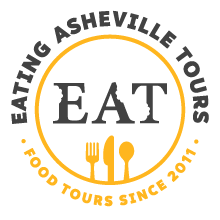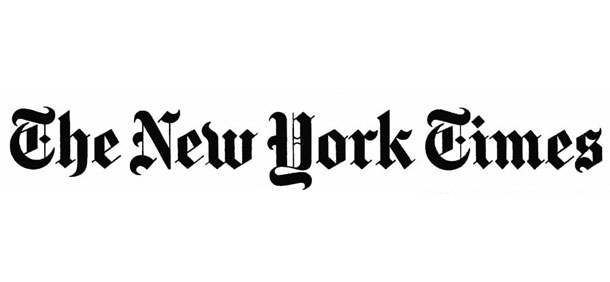The popularity of Asheville continues to become more and more prominent as Asheville travel articles continue to pop up in major publications across the country. Check out this feature from Jeremy Egner in the New York Times. While there are many Asheville travel opportunities, here is one stellar itinerary for a weekend here in Foodtopia. Of course we’d recommend booking a food tour somewhere in there.
36 Hours in Asheville, N.C.
By JEREMY EGNER OCT. 13, 2016
Mountain-ringed and progressively minded, the city that calls itself Land of the Sky is renowned for its creative spirit.
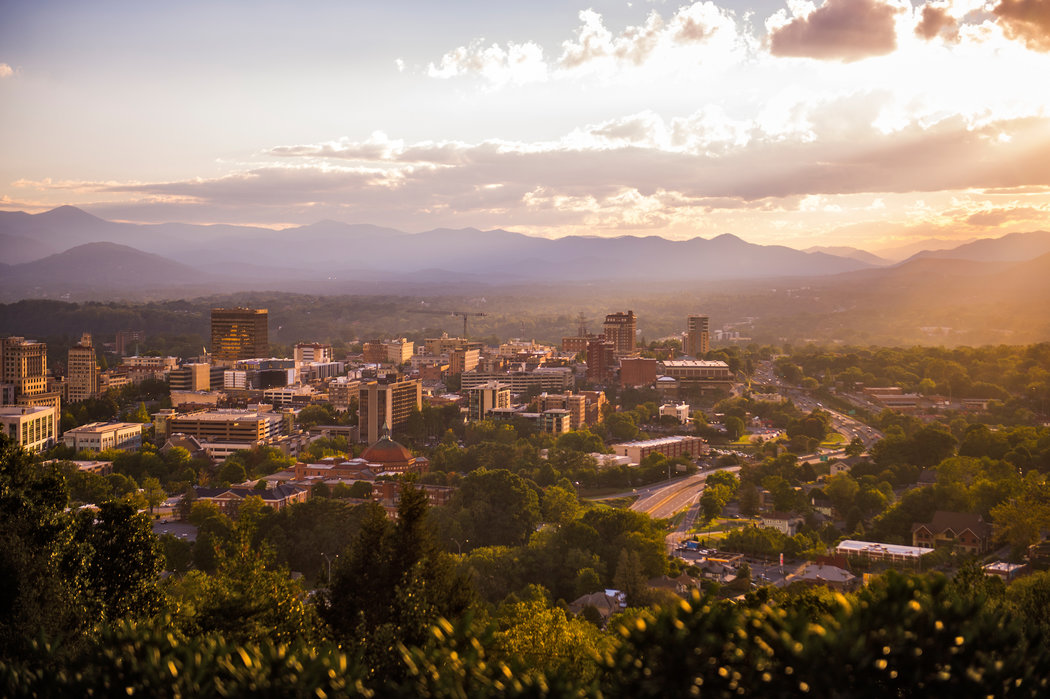
Asheville calls itself the Land of the Sky, but that barely scratches the surface. This city of just over 87,000 people, nestled between the Blue Ridge and Great Smoky Mountains, is also the land of the arts, the outdoors and terrific cuisine, as well as a land of colorful history distinguished by Gilded Age opulence and literary inspiration. Asheville, which was spared damage from Hurricane Matthew, has rebounded from a long economic trough in recent decades. It is now a top tourist destination in the South, one renowned for its creative spirit and progressive ideals. That status is threatened, some say, by a North Carolina measure, passed in March, that ended anti-discrimination protections for lesbian, gay, bisexual and transgender people, spurring many corporations, performers and sports organizations to avoid the state. Some merchants say business has suffered, too, even though the city’s leaders have urged the state assembly to repeal the bill. Travelers concerned about spending money in North Carolina can take heart from the “Y’all Means All” signs that have gone up around Asheville since the bill was passed.
Friday
1. Literary Landmarks, 2 p.m. Fun fact: Asheville inspired one of the most famous lines in American literature. “You Can’t Go Home Again,” the title of a posthumous novel by Thomas Wolfe, was based on the author’s stint as a pariah in Asheville, his hometown, after the publication of his 1929 bildungsroman “Look Homeward, Angel.” The book was so unsparing in its barely veiled depictions of actual Ashevillians from his youth (the city was called Altamont in the novel), the local library declined to carry it for years even as it became an American classic. Eventually all was forgiven and now Wolfe’s former home on Spruce Street, where much of the novel was set, is part of a small but fascinating museum about his life and the city in the early 20th century ($5, children $2). More macabre literary fans can drive past the site on Montford Avenue where Zelda Sayre Fitzgerald died in a sanitarium fire in 1948, or even book the “Fitzgerald suite” at the Grove Park Inn, the whimsical granite pile, now an Omni property, where Zelda’s husband, Scott, stayed during his visits. Follow up with a trip to one of the tremendous downtown bookstores, including the wonderfully atmospheric Malaprop’s and Battery Park Book Exchange and Champagne Bar, an elegant spot in the Grove Arcade, the airy Art Deco emporium, where you can enjoy wine with your limited edition tome.
2. South Slope Suds, 4 p.m. Asheville also calls itself “Beer City USA” and it’s hard to argue the point. It has more breweries per capita than any American city — 23 at last count — drawing hopsheads from all over. While you’ll find beer tours, all you really need is some walking shoes — many of the best small breweries are within a few blocks of one another on the South Slope. Burial Beer Co., in a former auto repair shop, makes terrific Belgian ales (samples, $3). Green Man, around the corner, specializes in English styles (pints from $4.50) — opt for the original taproom over the more touristy “Green Mansion” next door. The Funkatorium, by the local fave Wicked Weed, focuses on sours that range from majestic to mouth-twisting (samples from $2). Other South Slope favorites include Twin Leaf, Hi-Wire, Catawba and Asheville Brewing Company.
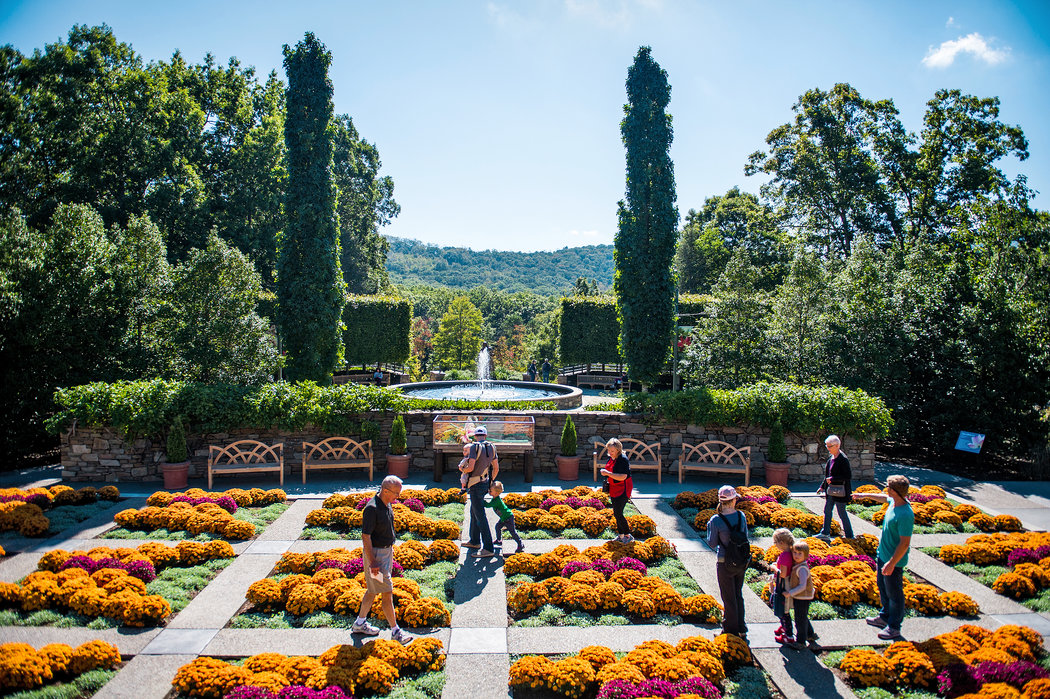
3. Farm to Chef to You, 7 p.m. Asheville has been doing farm-to-table since before it was a marketing point, and top-notch restaurants like Cúrate, Bouchon and Tupelo Honey Cafe have turned it into a dining destination. One new bright spot is Local Provisions, by the Southern chef Justin Burdett. The seasonal menu specializes in local ingredients prepared with grace and sophistication, from the N.C. Amberjack crudo ($10) to the apple brandy strip steak with potatoes, beans and mushrooms ($36). Got room for a nightcap? Try Sovereign Remedies, a 21st-century cocktail bar in a former early 20th-century pharmacy that channels both aspects, creating libations infused with botanical ingredients designed to cure whatever ails you. Try the Root Daiquiri, made with rum, lime, sarsaparilla, burdock and dandelion ($8).
Saturday
4. Take a Hike, 9 a.m. Western North Carolina is a hiker’s paradise, with Mount Pisgah, Sam Knob and waterfalls all within an hour’s drive of Asheville. But you don’t have to leave the city to get your nature fix. The North Carolina Arboretum, roughly 10 miles southwest of downtown, packs lush seasonal gardens, actual babbling brooks and miles of trails into 434 acres. Guided hikes are available at the rustic-but-refined visitors center, but the best thing about managed wilderness is the ability to get lost without getting, you know, actually lost.
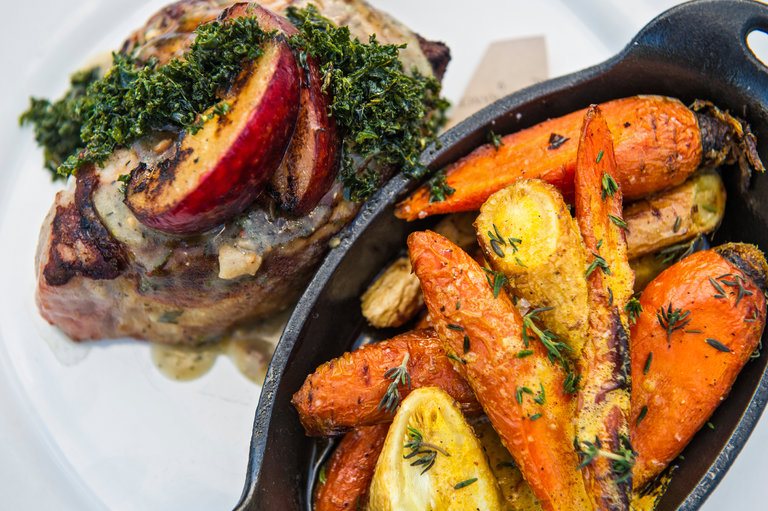
5. Eat in a Shipping Container, Noon Go to Smoky Park Supper Club for the building — the restaurant is composed of artfully arranged shipping containers and presents as the Lego fantasia of a gargantuan, gifted child. Stay for New South snacks like smoked North Carolina shrimp ($10). But linger for the most no-frills aspect of all: picnic benches a few feet from the French Broad River, offering a placid spot to sip a beverage and watch the current go by.
6. Farm to Chef to You, 2 p.m. In the mid-1980s artists began transforming more than 20 industrial buildings along a one-mile stretch of the river into a jumble of light-filled studios. The River Arts District now hosts some 200 artists, most working in studios open to visitors. Grab a nitro cold brew at Clingman Cafe ($3.50) and wander up Clingman Avenue to see Jonas Gerard’s vibrant canvases and sculptures at his namesake studio, and phantasmagoric porcelain pieces at the Odyssey Center for Ceramic Arts. On Lyman Street, Warehouse Studios offers captivating textiles, jewelry and paintings, including Barbara Fisher’s moody, impressionistic oils and Olga Dorenko’s dizzying, hyperrealistic landscapes.
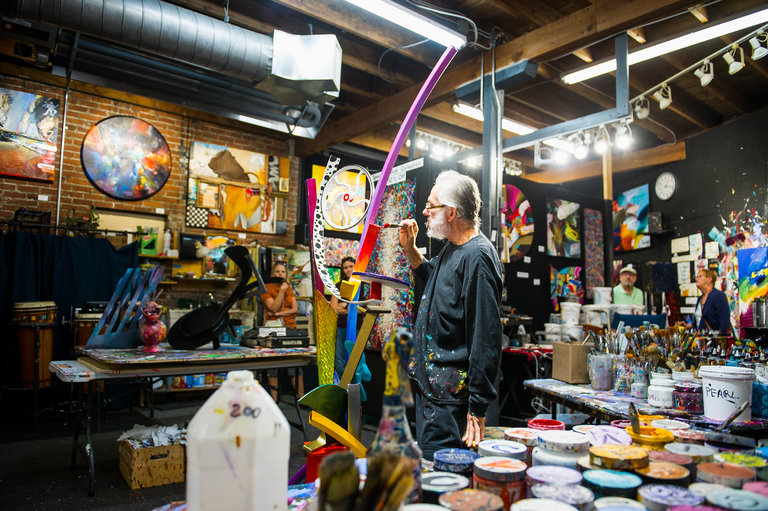
7. River Arts & Snacks, 4 p.m. Wind down at Wedge Brewing Co., specializing in local beers (Iron Rail IPA is the go-to), or a snack at the industrial chic Bull & Beggar. (Try the rabbit rillettes, $8, or grilled eggplant with yogurt and mint, $12). Other favorites in the district include White Duck Taco Shop and the Junction.
8. Toast the Sunset, 6 p.m. Despite its name, SkyBar is essentially a glorified fire escape — three steel platforms, with rails and tables, attached to the Beaux-Arts Flatiron building. Most evenings those terraces fill up with patrons watching the sun set over the mountains as servers bring beverages conventional (local beers from Highland and Green Man, $4.50) and less so (the Southern Haut Snap blends rye whiskey and gingersnap liqueur with vanilla tea, $10). Enter at the World Coffee Cafe on Battery Park Avenue and wait for the antique elevator. The Sunset Cocktail Terrace at the Grove Park Inn also offers a picturesque end to the day.
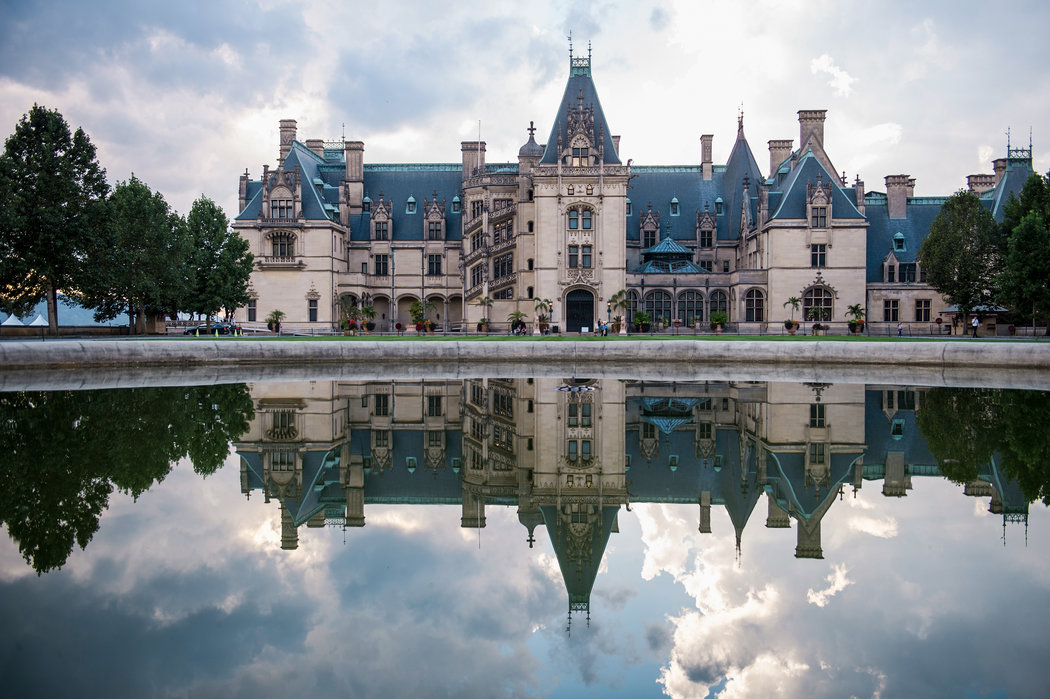
9. Westward Ho, 8 p.m. Once shabby, West Asheville has become a dining destination, an evolution many credit the Admiral, a gastro pub hiding behind a cinder block exterior, with kick-starting. It is the neighborhood’s signature restaurant, but it’s hardly alone. Nine Mile, a Jamaican cafe, creates inspired jerk dishes and salads (don’t miss the garlicky His Majesty’s dressing), with lots of vegan options. Buffalo Nickel offers interesting bar fare (try the buffalo cauliflower, $8), pool tables and pinball. The Westville Pub is the watering hole we all want to be regulars at — thankfully the bartenders treat you as such, and validate your parking.
Sunday
10. Live Like a Vanderbilt, 9 a.m. Arguably Asheville’s most renowned landmark, the Biltmore Estate is expensive to visit (adults from $55) and often crowded. But it’s also magnificent. The main house, a 250-room limestone marvel inspired by French Renaissance chateaus, was designed by Richard Morris Hunt for George Washington Vanderbilt, the scion who fell in love with the mountainous countryside and, in true Vanderbilt fashion, bought 125,000 acres of it. (The estate now stands at around 8,000 acres.) Completed in 1895, the house is the largest private residence in the United States, with over four acres of floor space — Vanderbilt descendants still own it, though it has been open to the public since 1930. In addition to the 10,000-volume library, cavernous banquet hall and other remnants of Gilded Age luxury, visitors can see 16th-century tapestries and works by Sargent and Renoir, among others, and stroll through elaborate gardens by Frederick Law Olmsted. Dining options range from concession stand hot dogs to brunch at the upscale Dining Room at the Inn on Biltmore Estate, but a tip: Save your appetite for the casual, nearby Biscuit Head.
Lodging
Hotel Indigo (151 Haywood Street; ashevilleindigo.com), at the edge of downtown, is well positioned both for walking to the city center and hitting the highway for more distant attractions. The sunny rooms are colorfully decorated with murals and local artworks, and the higher ones offer terrific city and mountain views. From $159.
Haywood Park Hotel (1 Battery Park Avenue; haywoodpark.com) is located downtown in the 1920s building that was the former home of the Bon Marché and Ivey department stores, local landmarks for decades. Arguably the most centrally situated stay in town, the Haywood Park is close to many of Asheville’s best restaurants and shops, and its rooms are unusually large for an urban boutique hotel. From $249.
